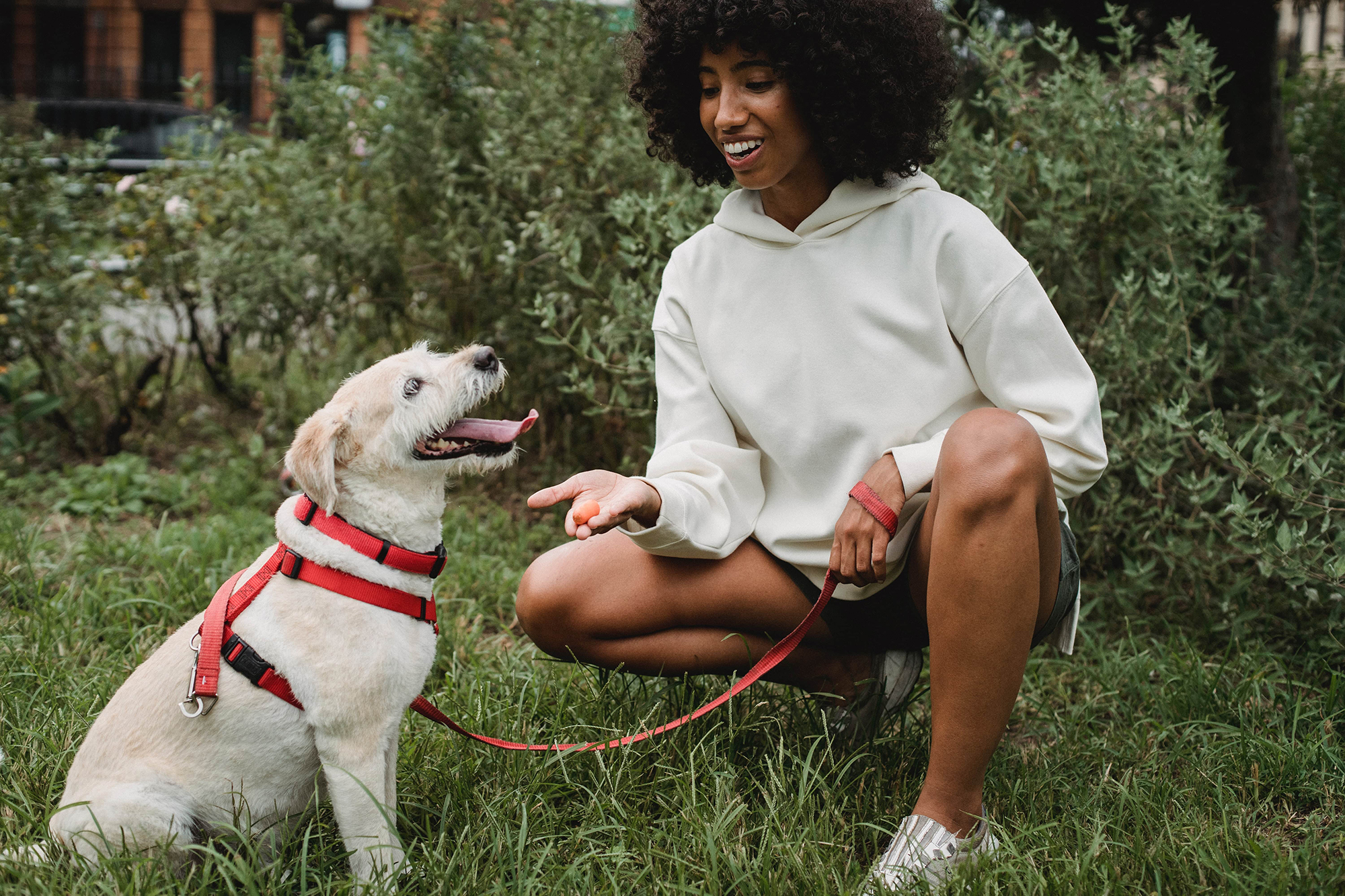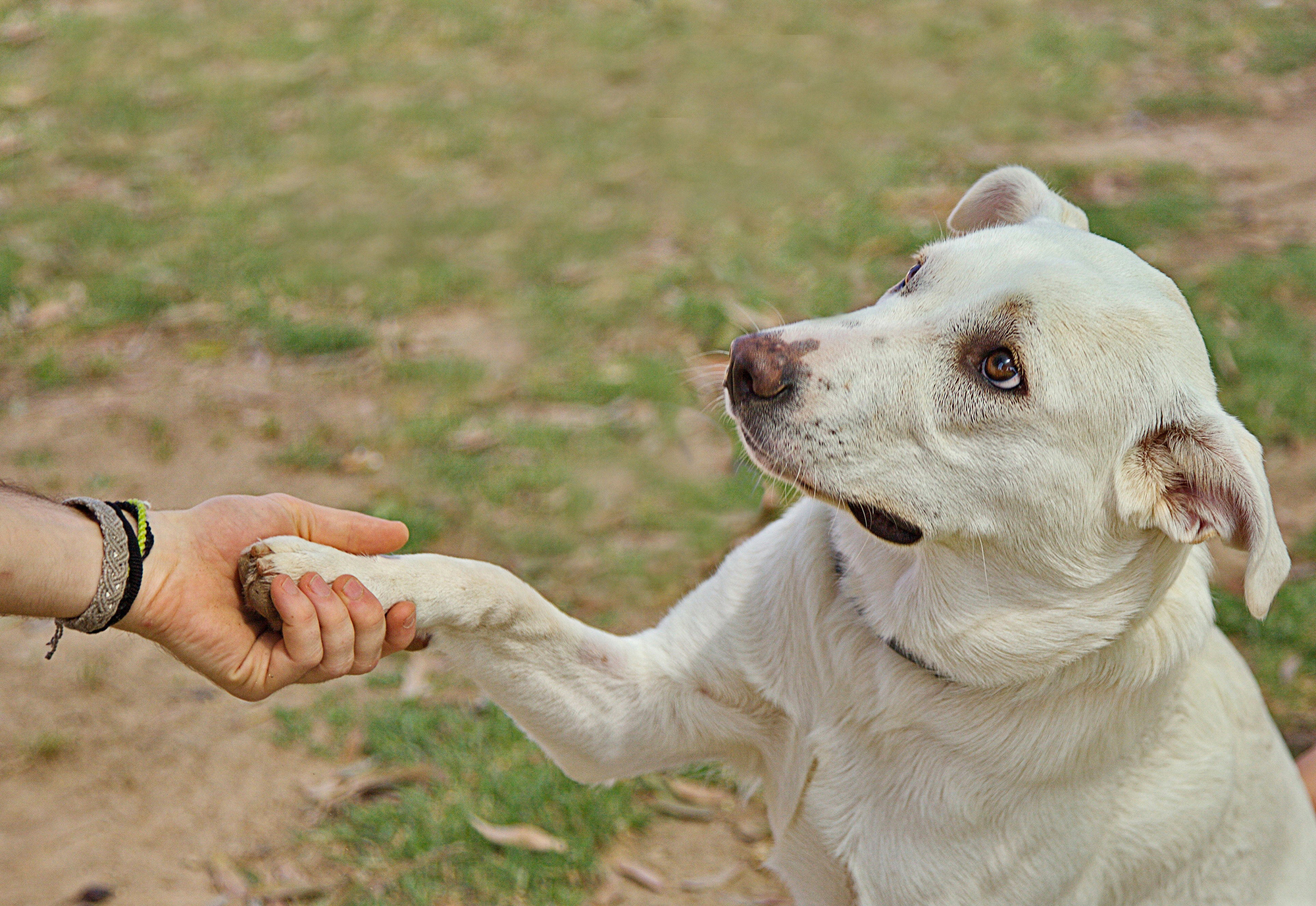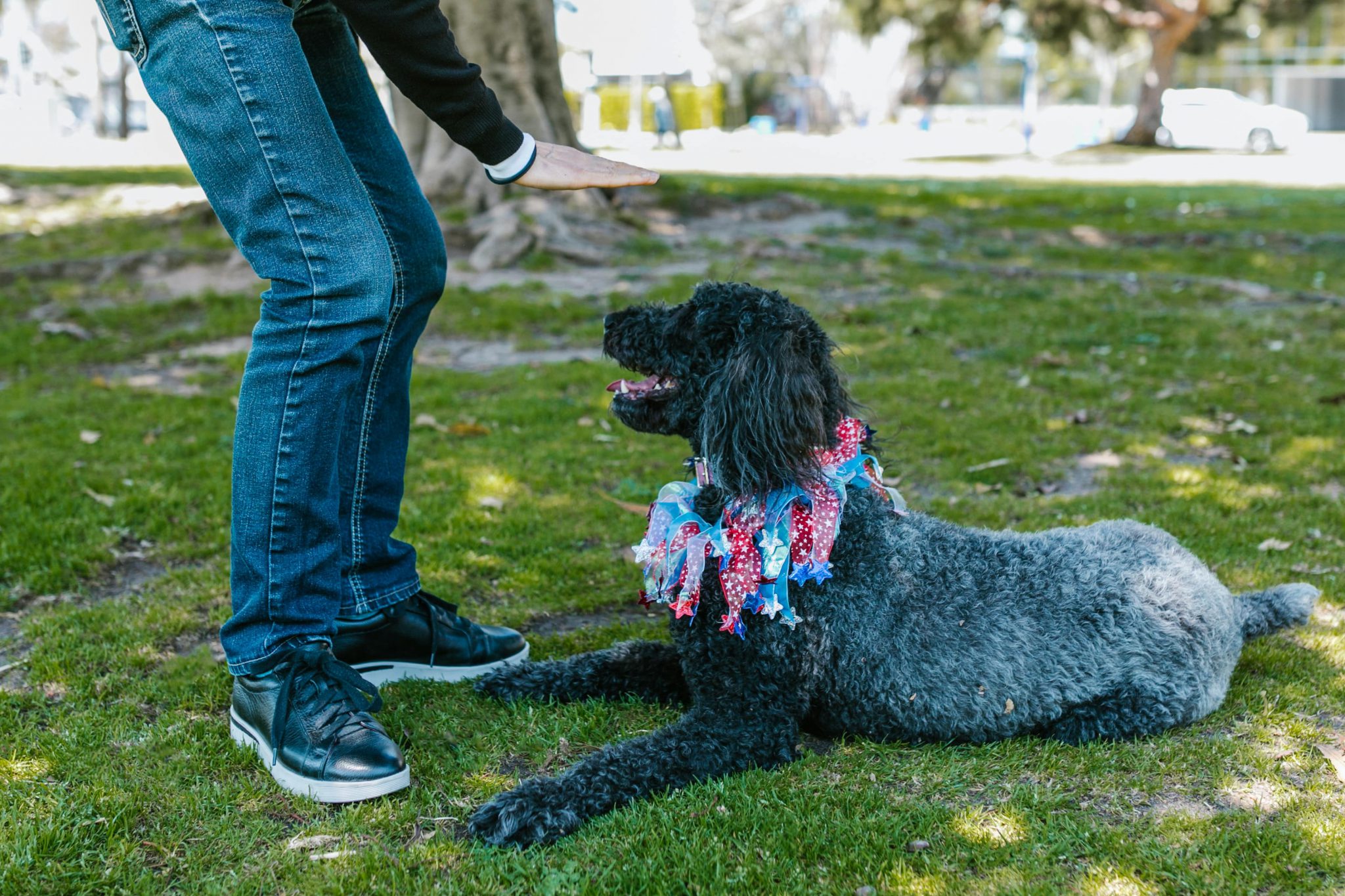What Is Dog Behaviour Training?
Dog behavioural training is the art of teaching a dog to perform certain behaviours in response to specific commands. It is a popular pastime for many dog owners, providing mental and physical stimulation for their pets. Training can also correct problem behaviours, such as excessive barking or digging. With patience and consistency, most dogs can be trained to perform a variety of tricks and behaviours.
If you want to understand why your dog behaves the way he does, it’s vital to consult with a dog behaviour trainer. However, behaviour dog training helps your dog to understand what you expect of them and how they should behave in various situations. It also allows you to communicate with your dog and build a strong bond.
There are many different dog behaviourist Perth training methods, but all should be based on positive reinforcement. This article will discuss common behaviour problems and how you can provide proper behaviour training to your dogs.

What Is Behavioural Training?
Behavioural dog training is based on the science of animal behaviour. It is a process of teaching your dog new skills and behaviours and modifying existing ones.
Dog behavioural training can teach your dog basic manners, such as sitting, staying, coming, down, and leaving. It can also teach more advanced behaviours, such as housetraining, obedience commands, manners, social skills, and tricks. This way, your dog can overcome fearfulness, anxiety, and aggression.
Dog behaviourist training is an effective way to bond with your dog and build a relationship based on trust and mutual respect. It is also an excellent way to keep your dog mentally and physically active, which can help prevent behaviour problems.
Behavioural training focuses on correcting undesirable behaviours, so dogs don’t display them. These can include the following:
- Biting
- Chewing
- Digging
- Housebreaking trouble
- Leash manners
- Coming when called
- Excessive barking
How Is Behavioural Training Different from Other Types of Training?
Dog behavioural training differs from other types of training in a few key ways.
First, dog behaviourist training focuses on changing existing behaviours rather than teaching new ones. This means that the trainer must first identify the problem behaviour and then work to change it.
Second, this often takes longer than other types of training, as behaviour change can be a slow process.
Finally, dog behavioural training often requires more patience and consistency from both the trainer and the owner than other types of training.
Here are some other types of dog training:
Obedience Training – Teaches your dog to respond to commands such as sit, stay, down, and come. This training is usually the first step for pet owners who want to train their dogs.
Agility Training – Teaches your dog to navigate an obstacle course within a set time frame.
Service Training – Teaches your dog to perform specific tasks, such as pulling a wheelchair or assisting people with physical disabilities.
Guard Training – Teaches your dog to act as a guard dog and protects you from intruders.
Tracking Training – Teaches your dog how to track and find lost people or objects like drugs and bomb-sniffing. This type of training is used by search and rescue services, hunting, and the military.
Get in contact with us today to organise a training session for your dog.

What Are the Benefits of Having a Well-Behaved Dog?
There are plenty of benefits that come with having a well-behaved dog. For one, you won’t have to worry about your dog getting into trouble or making a mess when you have company over.
A well-behaved dog is also less likely to bark excessively or be aggressive, making for a more peaceful household. And, of course, it’s simply more enjoyable to have a calm and obedient dog by your side than one constantly causing chaos.
Here are just a few of the benefits of having a well-behaved dog:
- You’ll be able to take them anywhere with you. If your dog has good manners, you won’t have to worry about them being disruptive or causing a scene when you take them out in public. This means you can take them with you on trips, to the park, and even to restaurants (if they’re welcome).
- You’ll save money on damages. If you have a well-behaved dog, you won t have to worry about them destroying your home or chewing up your property. This means that they won t be causing damage around the house, and you won t have to pay for any repairs.
- They will be more friendly with visitors. If you have a well-behaved dog, people will be more likely to come over and visit. You won’t have to worry about them being disruptive or causing a scene.
- They will be better with kids. If you have a good-natured dog, they will be more likely to get along with the children in your life. They won’t bite or attack, and they will be more friendly.
- You will have a life companion. A well-behaved dog can be your best friend for years to come, and you’ll never have to worry about them disappearing from your life unexpectedly.
- You will have a good guard dog. If you live in an unsafe neighbourhood, a well-behaved dog can act as a good guard dog. They will be able to protect your house and the people who are inside.
- They are a good walking buddy. A well-behaved dog is great for walks, as they can walk alongside you without running away or causing trouble. You won’t need to worry about them playing around and causing an accident.
- They will be suitable for veterinary visits. A well-behaved dog will be able to go along without causing trouble and will be able to get through a visit without getting stressed.
How to Approach Common Dog Behaviour Problems
Dogs are often brought into our lives without us knowing much about how to take care of them. This can lead to some common behaviour problems that many dog owners face. Whether it’s barking, biting, chewing, or jumping, owners face several common problems. But don’t despair! However, these problems can be solved with a bit of patience and understanding.
Here are a few tips on how to approach common dog behaviour problems.
Barking at Visitors and Strangers
If your dog is prone to barking when visitors come to your door, you can do a few things to help redirect their behaviour. Teaching them a “sit-stay”, “quiet” or “down-stay” position before answering the door can help them stay calm and focused. With a little patience and training, you can help your dog learn to greet visitors calmly without all the fuss.
Jumping on Guests
If you have a dog that loves to jump on guests when they come over, there are some things you can do to cue them to sit before greeting someone. Having treats on hand and rewarding them when they remain seated is a good start. Guests should ignore your dog until the dog is calm and relaxed. You can use those tricks to help your dog learn to greet guests more politely.
Biting
Biting is a behaviour problem that can occur in any dog, regardless of breed or size. But socialising a dog early on in life can help to prevent this behaviour from developing. Gradually exposing them to new people and situations will help them to learn to feel relaxed around people and less likely to bite out of fear or anxiety. With patience and consistent training, even the most nervous or aggressive dog can learn to trust and feel comfortable around people.
Pulling on the Leash
Help your dog learn to walk calmly beside you by keeping the leash short but never letting them pull. If they pull, stop and make them sit until they calm down. Once they’re calm, continue walking and reward them with treats or praise when they walk nicely beside you.

Begging
While resisting those puppy dog eyes may be difficult, giving in and feeding your dog from the table will only encourage begging behaviour. If you never give your dog food from the table, they will never learn to beg and will be just as happy eating their food in their own special spot. Trust us; it’s worth the extra effort to keep your pup out of the beggar’s life!
Excessive Licking
If your dog starts licking you more than usual, don’t just sit there and take it. Get up, walk away, or turn your dog’s attention to something else. If they stop licking you, give them a toy or treat them as a reward. This will help them learn that licking isn’t always appropriate behaviour.
Sitting on Furniture
It’s crucial that everyone in the family is on the same page when it comes to setting limits for pets. Decide early on what the rules will be and stick with them consistently. If you’re lenient and stricter one day, your pet will only get confused. Remember, a little bit of snuggling is perfectly fine. Just make sure everyone in the household knows the ground rules.
Chewing
All dogs like to chew. It’s normal behaviour. You can redirect this behaviour by providing safe and chew-approved toys for your puppy or dog. Doing this will keep your belongings safe and your pup happy. There are many different types of chew toys available, so make sure to find one that is safe and that your pup or dog will enjoy chewing on.
Seeking Attention
If you’re sick of your dog’s attention-seeking behaviour, there’s an easy fix. Ignore them. Turn your back and don’t acknowledge your pet until they offer a different behaviour.
It may seem counterintuitive, but attention-seeking behaviour is often just a cry for help. Dogs who feel anxious or neglected are more likely to engage in attention-seeking behaviours like barking, whining, or jumping up on people.
So, if you’re fed up with your dog’s antics, try ignoring them. It may be the best way to get their attention.
Digging up the Yard
Dogs love getting their paws in the dirt to bury food or create a cool place to lie in the summer. If this is a problem, set aside a tiny digging area for your dog in your yard. You can also discourage digging by providing your dog with toys and activities that keep him occupied.
Aggression
Most dog owners are aware that aggression is not common in dogs. However, aggressive behaviours often have an underlying cause. If your dog lunges, snaps or bites another dog or person, it is crucial to hire an expert for aggressive dog training.
There are many possible causes of aggression in dogs, including fear, anxiety, insecurity and mistrust. Often, aggressive behaviour results from a lack of socialisation and training. Understanding the root cause of your dog’s aggression is essential before treating it.
Please contact your local veterinarian or search online “dog behaviourist near me” for advice if you are concerned about your dog’s aggressive behaviour.

How Long Does Behavioural Training Take?
For most dogs, behavioural training will take around 8 weeks to one year or more. However, this can vary depending on the age of the dog and its personality. Older dogs may need a bit more time to learn new behaviours, while some pups seem to pick things up more quickly than others.
Overall, the most important thing is to be patient and consistent with your training. If you put in the time and effort, you’ll soon have a well-behaved pooch that’s a joy to be around.
On the other hand, dogs’ personalities, temperaments, and genetic factors also affect their behaviour. Some dogs learn quickly. Others take more time. And a few never get the hang of it.
What to Expect After Dog Behaviour Training
If you’re considering dog behaviour training for your furry friend, congratulations! However, any pet owner knows that living with a furry friend comes with its own set of challenges – from them chewing on your favourite shoes to begging for food at the dinner table.
But there are ways to help your furry friend become better behaved, and it all starts with dog behaviour training.
Here’s what you can expect after completing a training program with a professional trainer.
First, those pesky behaviours such as barking, chewing and jumping up that you wanted to fix will start to disappear. But don’t get too comfortable just yet – it’s important to continue following the trainer’s instructions and reinforcing the desired behaviours at home. Consistency is key!
Next, you will notice an overall improvement in your dog’s obedience and manners. They’ll start responding better to commands and may even start initiating good behaviours on their own. This is an excellent sign that the training is taking hold!
Finally, as your dog becomes more well-behaved, you’ll be able to enjoy greater peace of mind and a stronger bond with your furry friend.

